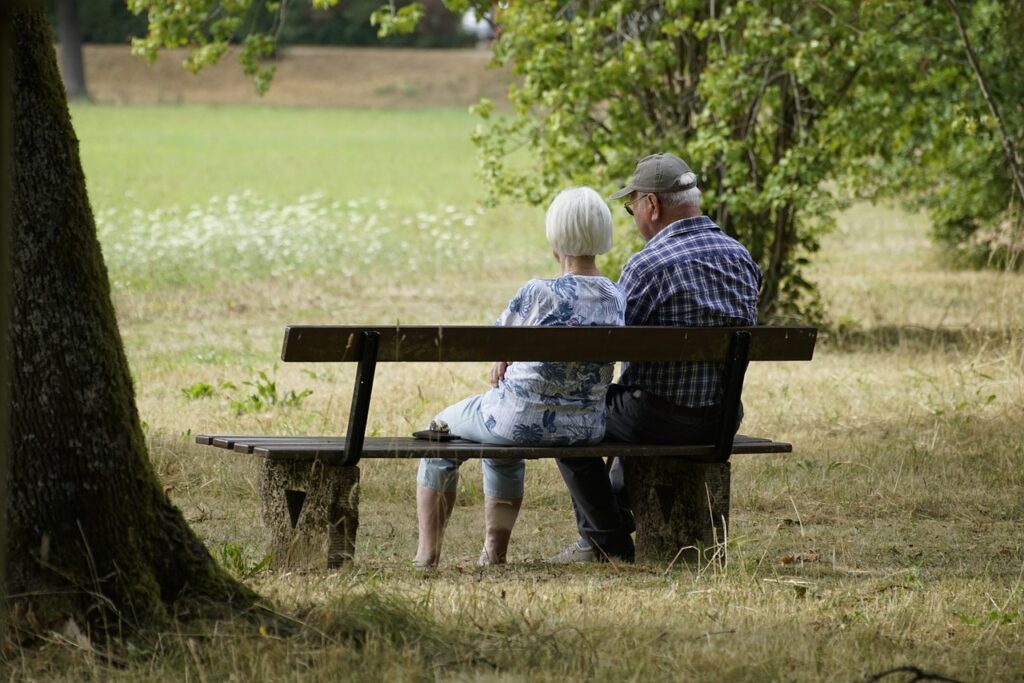Brain injuries can have severe and lasting effects on the elderly, but many of these injuries are preventable with the right precautions. By understanding the common causes and implementing effective prevention strategies, we can significantly reduce the risk of brain injuries in older adults. This blog explores practical tips and measures to help prevent brain injuries and ensure the safety and well-being of the elderly.
Common Causes of Brain Injuries in the Elderly
Before diving into prevention strategies, it’s essential to understand the common causes of brain injuries in the elderly. These include:
Common Causes of Brain Injuries in the Elderly
Before diving into prevention strategies, it’s essential to understand the common causes of brain injuries in the elderly. These include:
- Falls: The most frequent cause of traumatic brain injuries (TBIs) in the elderly. Falls can occur due to slippery floors, poor lighting, cluttered walkways, and lack of handrails or grab bars.
- Vehicle Accidents: Elderly individuals are vulnerable to head injuries in car accidents due to slower reaction times and physical frailty.
- Medical Malpractice: Errors in medication, surgical procedures, or misdiagnosis can lead to brain injuries.
- Physical Assaults: Elder abuse, including physical assaults in nursing homes or by caregivers, can result in severe head trauma.
Prevention Strategies for Brain Injuries
Implementing the following strategies can help prevent brain injuries in the elderly:
Implementing the following strategies can help prevent brain injuries in the elderly:
- Fall Prevention
- Home Safety Modifications: Make necessary modifications to the home environment. Ensure good lighting, remove tripping hazards, install grab bars in bathrooms, and use non-slip mats.
- Regular Exercise: Encourage regular physical activity to improve strength, balance, and coordination. Activities like walking, yoga, and tai chi can be beneficial.
- Vision and Hearing Checks: Regularly check vision and hearing. Impaired vision or hearing can increase the risk of falls.
- Proper Footwear: Ensure that the elderly wear well-fitting, non-slip shoes to reduce the risk of slipping and falling.
- Vehicle Safety
- Regular Health Check-ups: Regular medical check-ups ensure that the elderly are fit to drive. Monitor for any medications that might impair driving ability.
- Driving Refresher Courses: Encourage participation in driving refresher courses tailored for older adults to enhance driving skills and awareness.
- Alternative Transportation: When driving is no longer safe, explore alternative transportation options such as public transit, rideshare services, or community transport programs.
- Medical Safety
- Medication Management: Ensure proper medication management to avoid adverse drug interactions or overmedication that could lead to falls or other accidents.
- Healthcare Advocacy: Have a trusted family member or caregiver accompany elderly patients to medical appointments to ensure they receive appropriate care and understand their treatment plans.
- Safe Hospital Practices: Choose healthcare facilities known for their patient safety protocols to minimize the risk of medical errors and malpractice.
- Preventing Elder Abuse
- Caregiver Screening: Thoroughly screen caregivers and staff in nursing homes to ensure they have no history of abuse or neglect.
- Regular Visits and Communication: Regularly visit elderly family members in care facilities and maintain open communication to detect any signs of abuse or neglect early.
- Reporting Abuse: Be aware of the signs of elder abuse and know how to report it to the appropriate authorities if suspected.
Education and Awareness
Educating the elderly and their caregivers about the risks and prevention strategies for brain injuries is crucial. Community programs, workshops, and informational materials can help raise awareness and promote safe practices.
Educating the elderly and their caregivers about the risks and prevention strategies for brain injuries is crucial. Community programs, workshops, and informational materials can help raise awareness and promote safe practices.
- Community Programs: Participate in local programs and workshops focused on fall prevention, safe driving for seniors, and elder abuse awareness.
- Informational Materials: Distribute brochures, flyers, and online resources that provide practical tips for preventing brain injuries.
Conclusion
Preventing brain injuries in the elderly requires a proactive approach, combining home safety modifications, regular health check-ups, proper medication management, and awareness of elder abuse. By implementing these strategies, we can help protect our elderly loved ones from life-altering brain injuries and ensure they live safe, healthy, and fulfilling lives.
At Darfoor Law, we are dedicated to advocating for the safety and rights of the elderly. If you or a loved one has suffered a brain injury due to someone else’s negligence, contact us today for a free consultation. Together, we can work towards justice and a safer future for all.
Preventing brain injuries in the elderly requires a proactive approach, combining home safety modifications, regular health check-ups, proper medication management, and awareness of elder abuse. By implementing these strategies, we can help protect our elderly loved ones from life-altering brain injuries and ensure they live safe, healthy, and fulfilling lives.
At Darfoor Law, we are dedicated to advocating for the safety and rights of the elderly. If you or a loved one has suffered a brain injury due to someone else’s negligence, contact us today for a free consultation. Together, we can work towards justice and a safer future for all.


